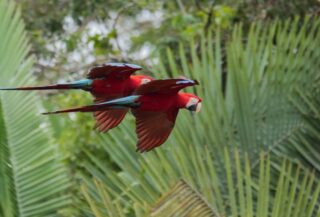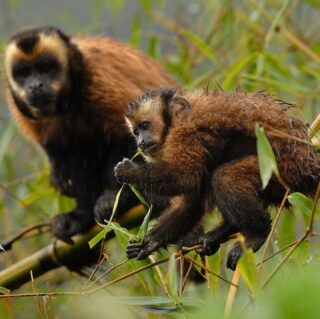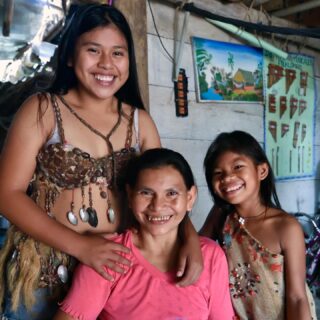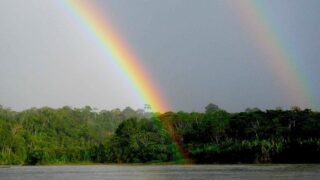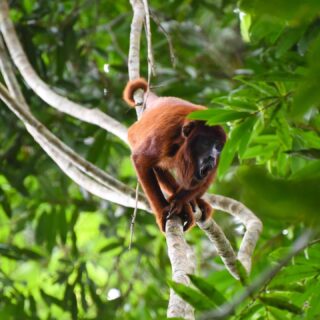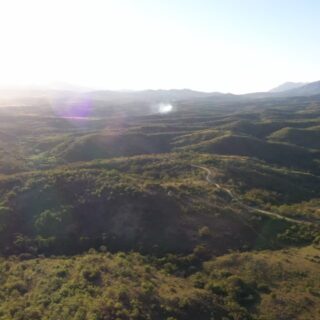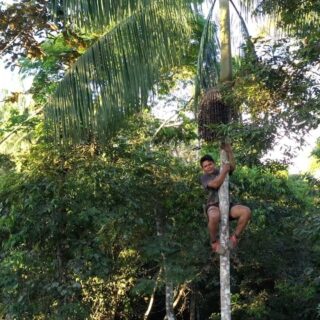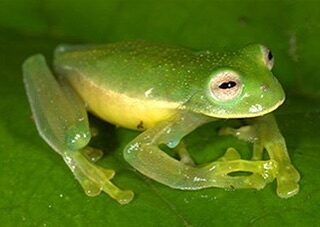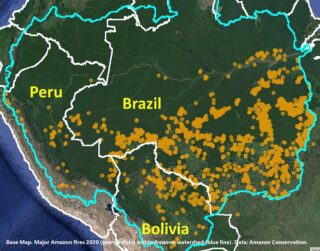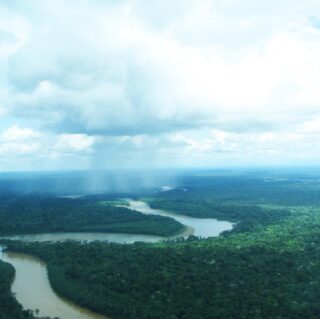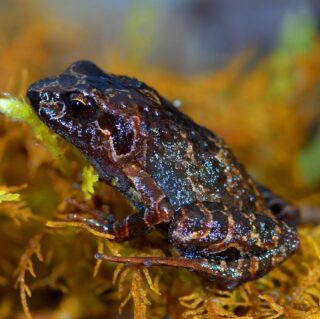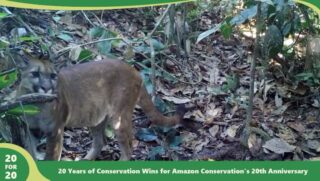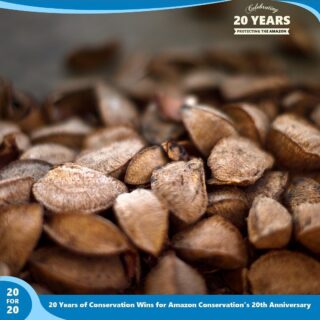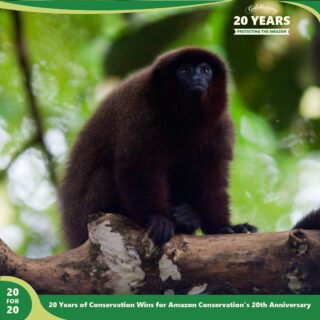Birds are stunning animals, and are able to bring groups of people together to share the same passion: birdwatching! On May 5th, I experienced perhaps one of the most exciting and inspiring events of my life. From the organization, advertising and planning of more than 500 teams and more than a thousand of people throughout Peru, to the enthusiasm and big expectations of our team at Los Amigos. This Global Big Day (GBD) triggered a competitive, healthy contest among countries, regions, cities and remote locations throughout the world with the incredible objective of increasing the knowledge and valuing birds of all species and the importance of their and their habitats conservation. Peru gained second place globally with 1490 species registered in 24 hours, while Colombia won first place with 1542 species. A difference of only 52 birds!
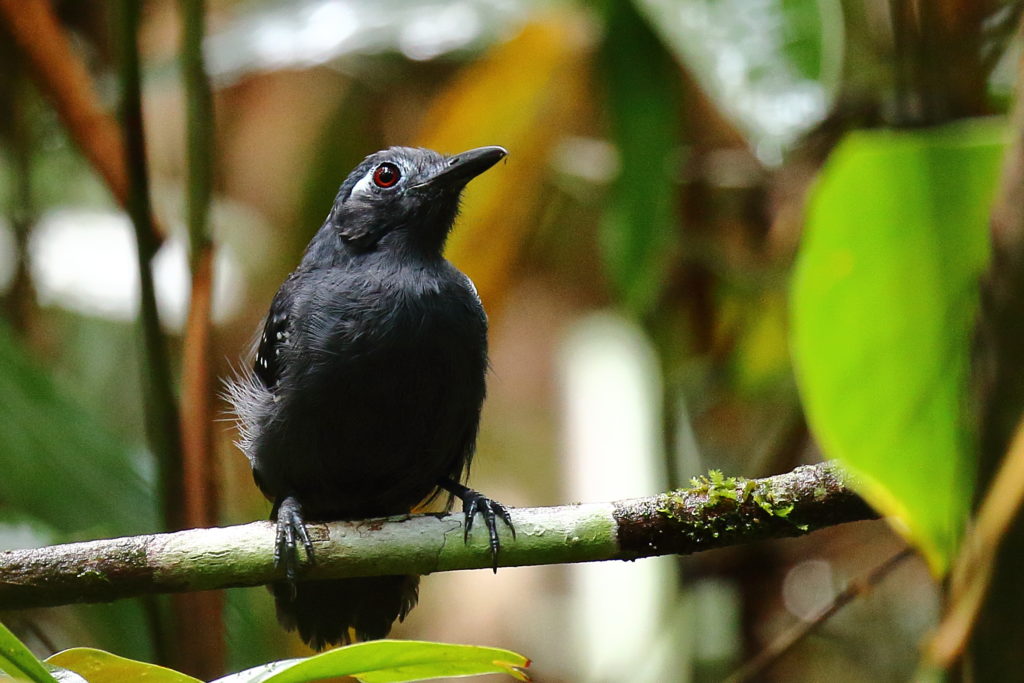

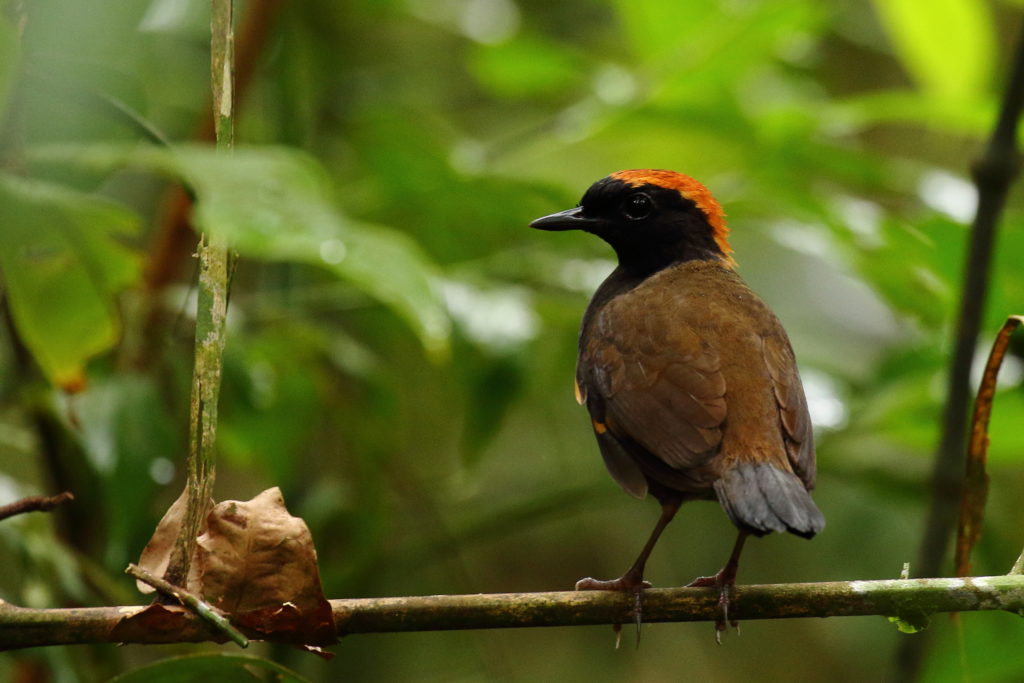
On May 5, Los Amigos strategy…

Los Amigos has a diverse array of habitats, making this forest a unique place for birdwatching and for any passionate naturalist who is looking for those rare or endemic birds. Due to this mosaic landscape, our team, which was led by three expert birders (read our last note), aimed to cover the largest variety of habitats throughout the Big Day. We started before dawn, splitting our team in two: one group walking through terra firme forest, bamboo patch, and the airstrip, and the other going through floodplain, secondary forest, and Cocha Lobo oxbow lake. Before the sunrise, a thick morning mist covered the enchanted Amazonian forest allowing us to hear the calls of the Barred-forest falcon, Amazonian motmot, while we were also able to appreciate the gorgeous display of a Blue-crowned manakin male, among others. Close to noon, the heat and sunlight was intense (as usual), and was followed by the silence of Amazonian birds. After a quick lunch, we got back to the trails and this time our two teams switched trails covering the same habitats done in the morning plus river edge forest along the Madre de Dios River. The day before the GBD was very rainy, causing the beaches along the river to disappear the following day. Despite that, we were still able to register shorebirds such as the Great egret, the Ringed Kingfisher, and others.
Within less than 452 ha (Los Amigos Biological Station total area), and after more than 13 hours and 20 km walked, we ended our Big Day with a total of 299 bird species, including some noteworthy birds such as the Black-faced cotinga, Pale-winged trumpeters, Long-crested pygmy tyrant, Blue-headed macaws (to check the complete list, check our eBird hotspot in the following link: https://ebird.org/hotspot/L492606?m=5&yr=cur&changeDate=Set). Proud of our record, we are happy to announce that Los Amigos and its team members (Fernando Angulo and Alex Wiebe) are included among the first 10 Top eBirders in Peru with more than 250 species registered, demonstrating that this place is a real birding paradise. However, more than the numbers and the winners, this past GBD 2018 will be remembered by the passion, cohesion, increasing interest and participation of thousands of Peruvians, including bird guides, biologists, but also citizens not related with this field that got together to support a magnanimous environmental cause. As Fernando Angulo, LABO Advisory Member and team member of Los Amigos GBD, said: “Peruvian birders: we have won ourselves and the objective for this GBD has been surpassed. Peru had registered 160 more species than 2017.”
And we know that we can do more! Keep it up, birders around the world!

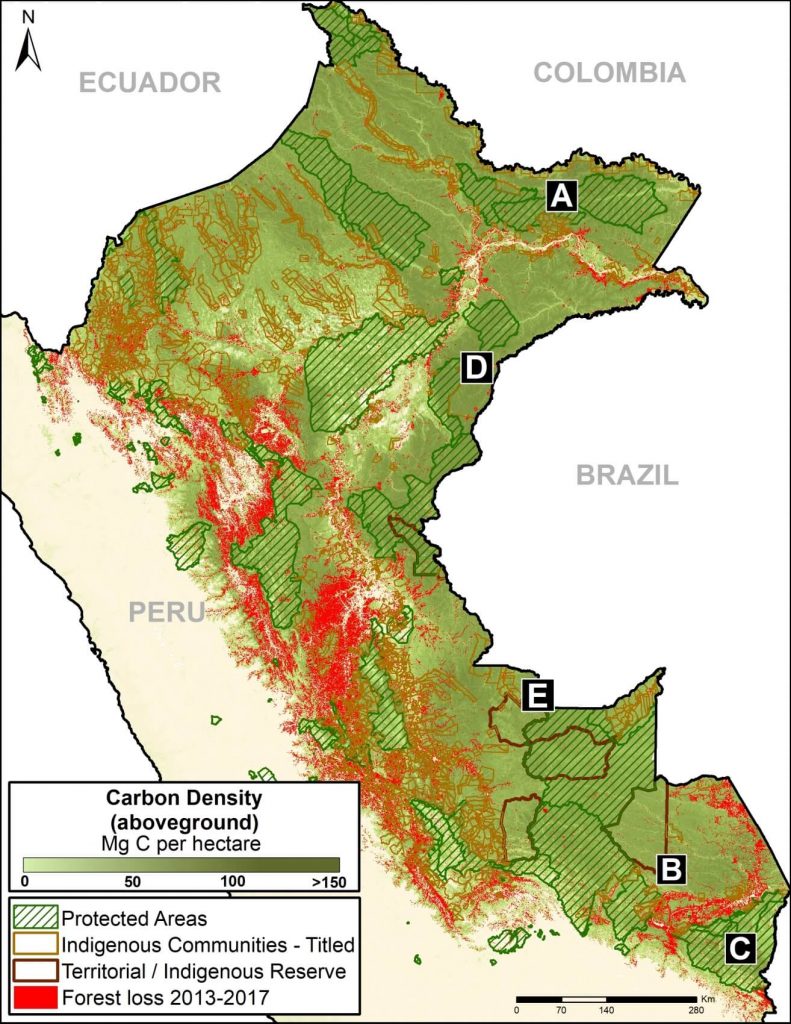
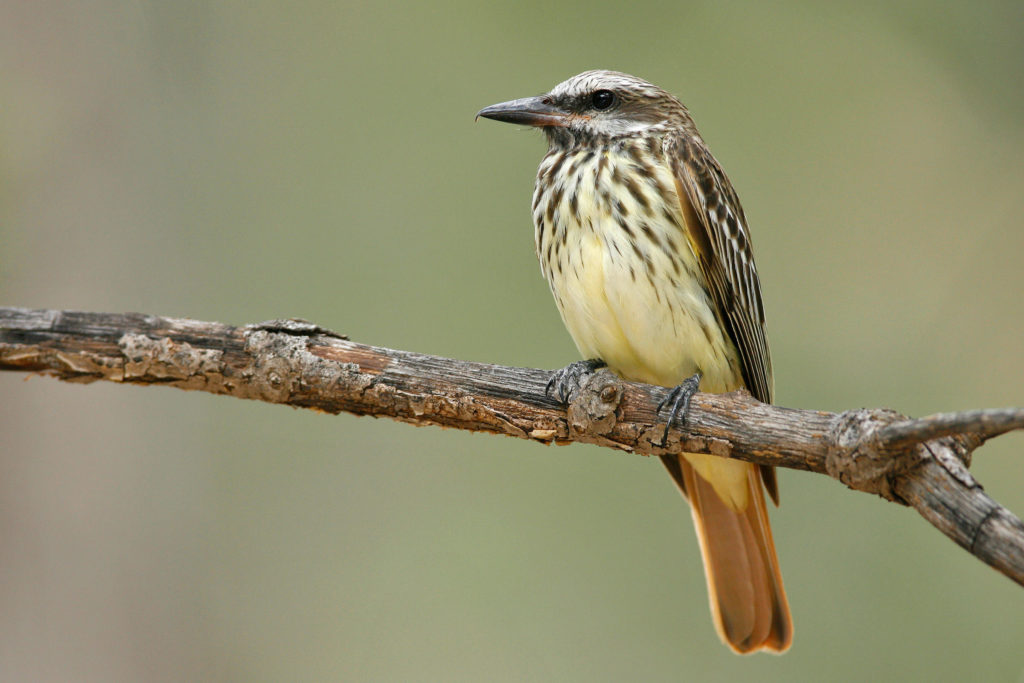 Amazon Conservation directly protects nearly 10,000 acres of forest at
Amazon Conservation directly protects nearly 10,000 acres of forest at 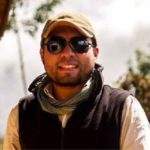 – Javier Farfán, Biologist, and Science Coordinator at Wayqecha Cloud Forest Birding Lodge
– Javier Farfán, Biologist, and Science Coordinator at Wayqecha Cloud Forest Birding Lodge On May 9 of 2015, Peru beat the world record and conquered the precious first place of birds with 1188 species registered, followed by Brazil, and Colombia. This not only reaffirmed Peru’s unique avian diversity but also revealed Peru’s potential for birdwatching as an important ecotourism activity. On that day, Peru as a country was not the only area making history on avian records; Los Amigos itself was positioned in nothing less than the fifth place at the global level, with 308 bird species! In July of that same year, Sean Williams, an avian researcher, did his own Big Day after a friaje, a massive cold front that comes from the Antartic winds and hits the Amazon. After several field seasons spent at Los Amigos, Sean was able not only to become highly familiar with the avifauna by recognizing the songs, and even locations and nests of rare birds. July 23rd became one Sean’s biggest big days, and after an exhaustive 19 hours and 11 miles of complete immersion into the calls and colorful flying displays across forest strata, Sean registered 345 species! Sean’s Big Day is imprinted in his memory, highlighting his eternal passion for the Amazon and its birds.
On May 9 of 2015, Peru beat the world record and conquered the precious first place of birds with 1188 species registered, followed by Brazil, and Colombia. This not only reaffirmed Peru’s unique avian diversity but also revealed Peru’s potential for birdwatching as an important ecotourism activity. On that day, Peru as a country was not the only area making history on avian records; Los Amigos itself was positioned in nothing less than the fifth place at the global level, with 308 bird species! In July of that same year, Sean Williams, an avian researcher, did his own Big Day after a friaje, a massive cold front that comes from the Antartic winds and hits the Amazon. After several field seasons spent at Los Amigos, Sean was able not only to become highly familiar with the avifauna by recognizing the songs, and even locations and nests of rare birds. July 23rd became one Sean’s biggest big days, and after an exhaustive 19 hours and 11 miles of complete immersion into the calls and colorful flying displays across forest strata, Sean registered 345 species! Sean’s Big Day is imprinted in his memory, highlighting his eternal passion for the Amazon and its birds.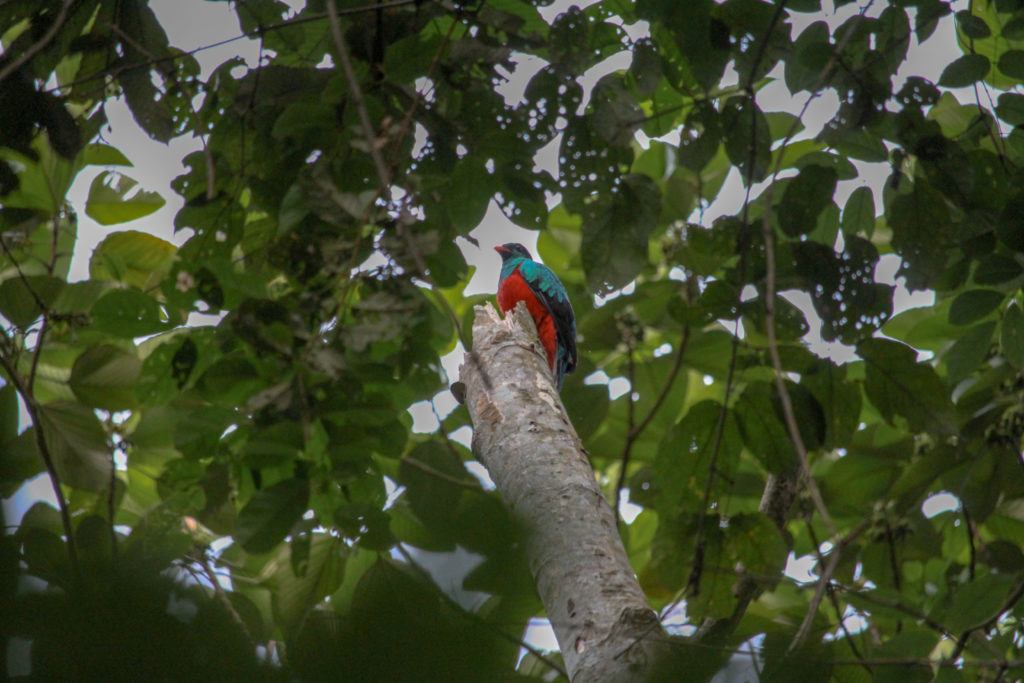 Undoubtedly, Los Amigos avifauna is vast, and besides just walking miles and miles during a Big Day, it is important to create a strategic plan to experience it. Last summer, Alex Wiebe, a young ornithologist but incredibly knowledgeable about Neotropical avifauna, came last year to Los Amigos, and did his big day registering 250 bird species throughout the day, covering all the different types of habitats. In doing so, endemics and charismatic birds such as the Rufous-fronted anthrush, Ihering’s antwren, Long-crested pygmy tyrant, Black-faced cotinga, Peruvian recurvebill, Manu parrotlet, Pavonine quetzal, Blue-headed macaws, Rufous-vented ground cuckoo, Spangled and Plum-throated cotinga can be just a few of the names marked on your checklist.
Undoubtedly, Los Amigos avifauna is vast, and besides just walking miles and miles during a Big Day, it is important to create a strategic plan to experience it. Last summer, Alex Wiebe, a young ornithologist but incredibly knowledgeable about Neotropical avifauna, came last year to Los Amigos, and did his big day registering 250 bird species throughout the day, covering all the different types of habitats. In doing so, endemics and charismatic birds such as the Rufous-fronted anthrush, Ihering’s antwren, Long-crested pygmy tyrant, Black-faced cotinga, Peruvian recurvebill, Manu parrotlet, Pavonine quetzal, Blue-headed macaws, Rufous-vented ground cuckoo, Spangled and Plum-throated cotinga can be just a few of the names marked on your checklist.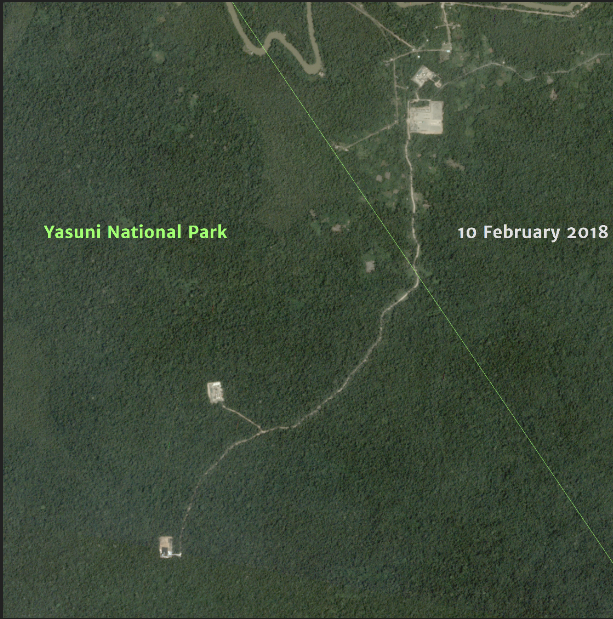


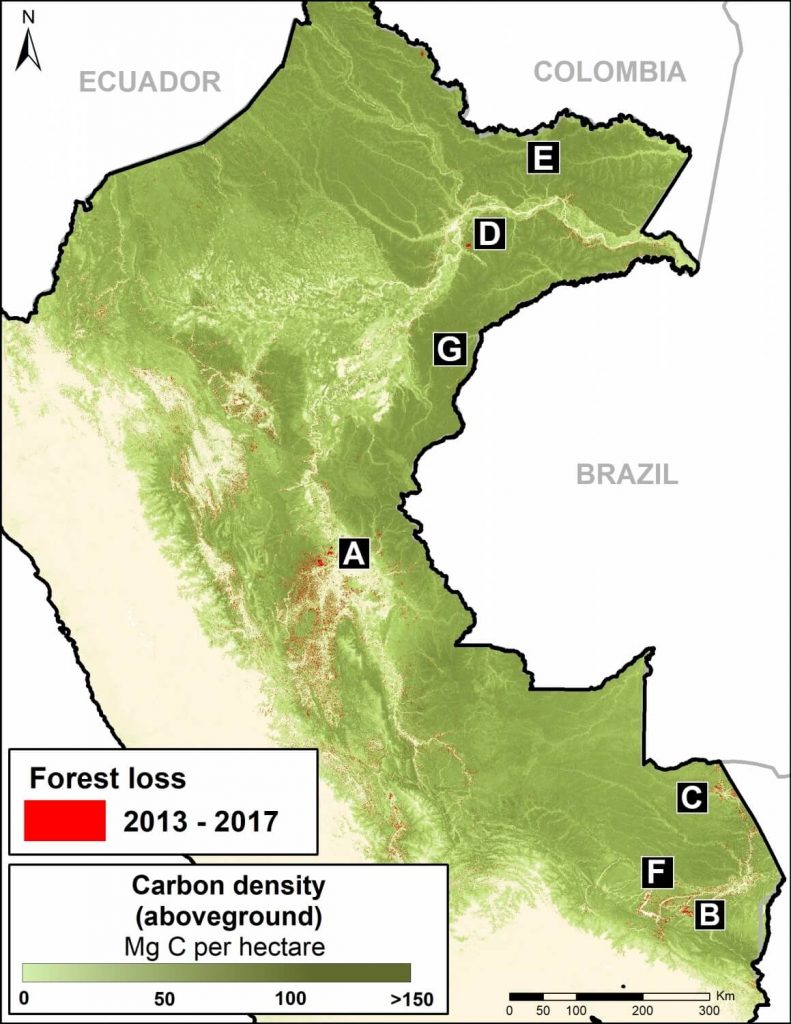
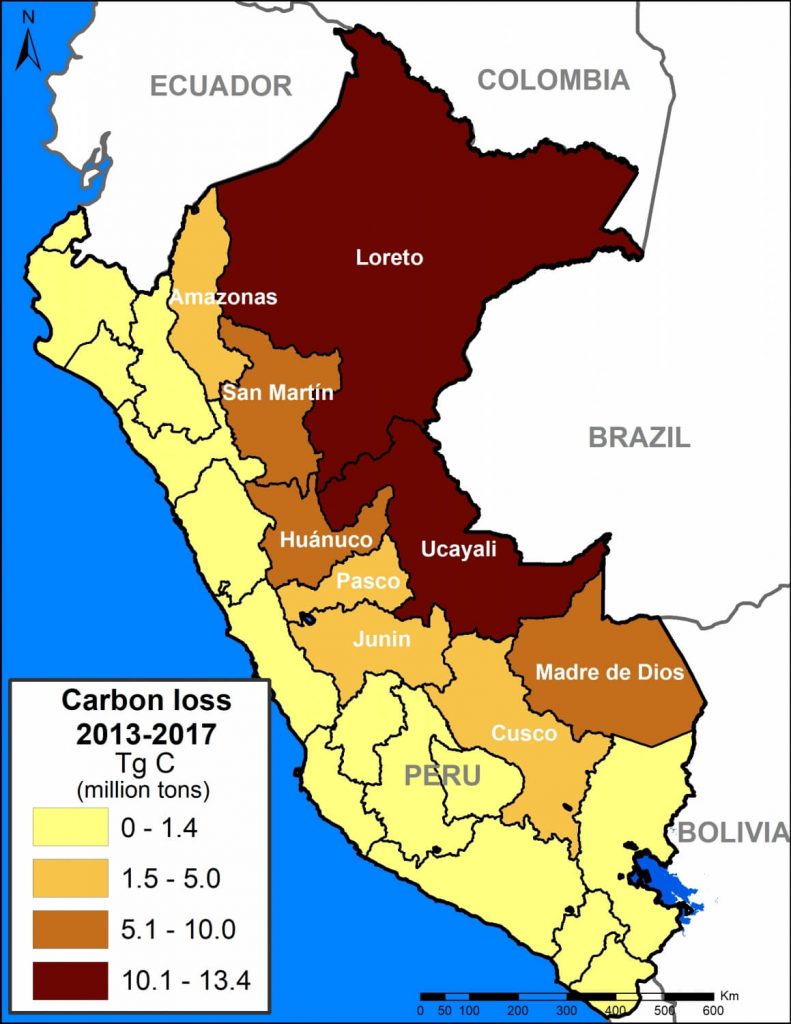
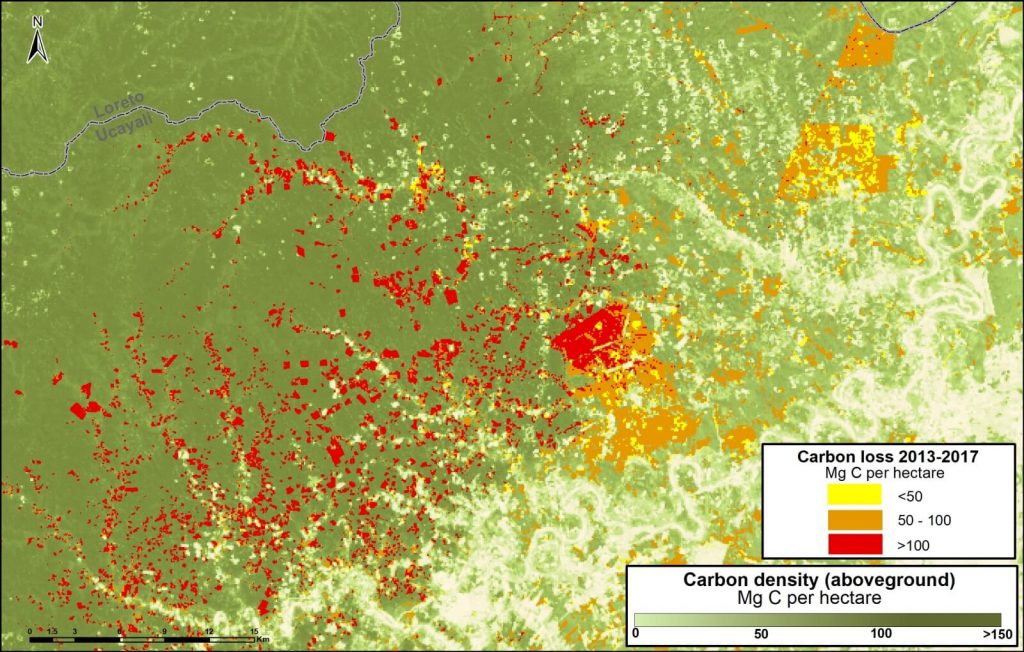
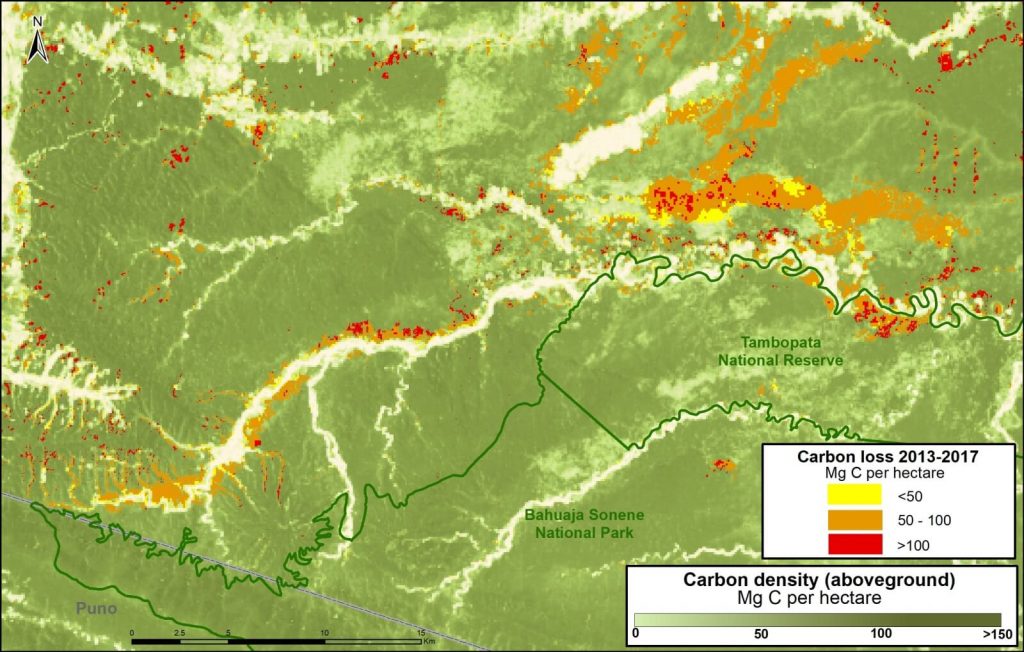
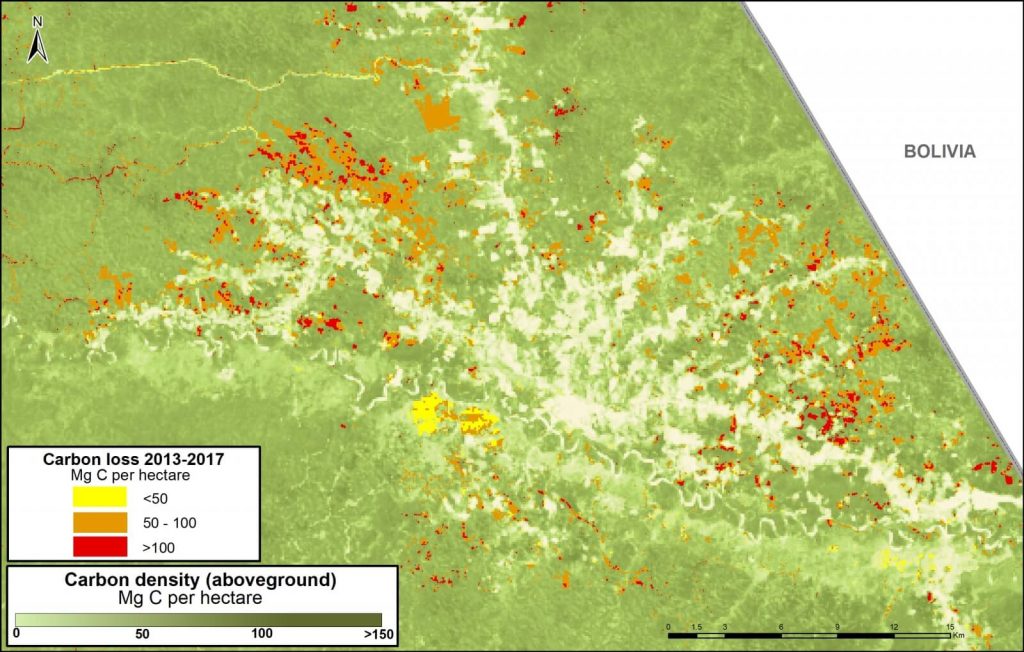
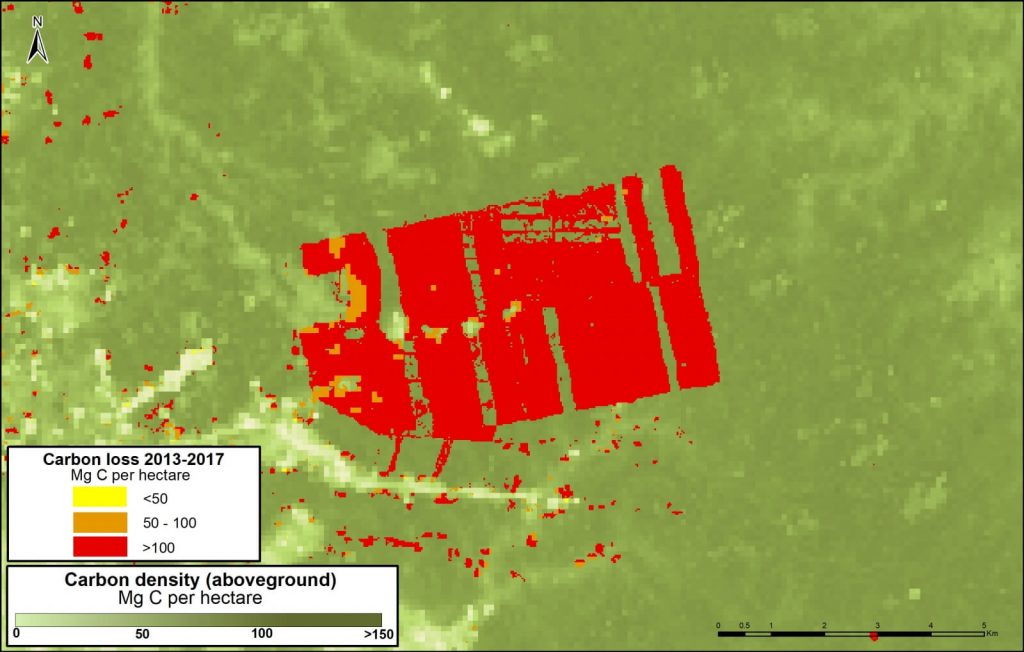

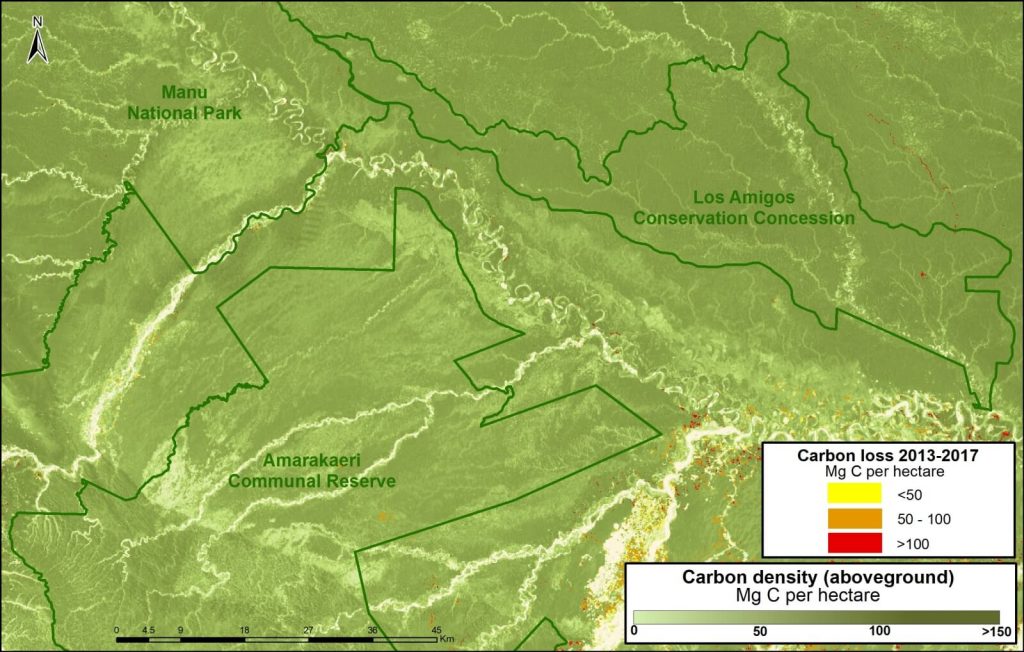
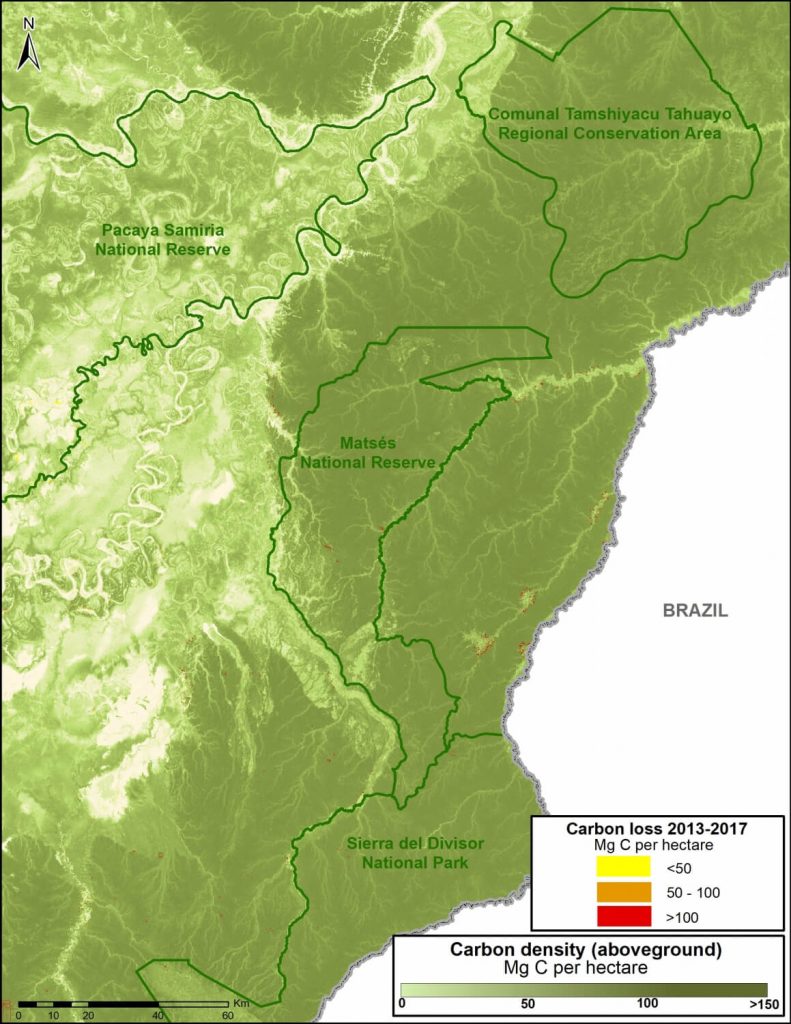


